You are certainly unaware of it, but the archives of Padel Magazine contain, to date, some 16 articles, including many nuggets devoted to game technique or tactics.
Well, believe it or not, but among those 16 articles, only one focuses on the concept of "home" on the ground of padel. The House ? But which house?
To understand, we will start by adapting to padel and to its blue grounds the words of San Francisco, by Maxime Le Forestier: It's a blue house / Leaning against the glass / We come (back) there on foot / We don't knock / Those who live there / Have found the key...
The opposite of no man's land
The "house" padel, it is somewhat the opposite of "no man's land", this zone where we do not linger, which we have already told you about. This "home sweet home" is, in the best of cases, a cozy, comfortable place, where one is safe.
This is an area of the field where you are well placed to defend most of the opponent's balls and where you can prepare your attacks by choosing the right moment to carry them out.
As our colleague explains Romain Taupin in this excellent video, the “house” is at the intersection of the two posts located on either side of the corner of the field. Let's make a small digression: the most observant among you will note that there are four angles in a land, therefore four houses. That's good, because there are also four players!
Defend without risk, with little movement
The advantage of placing yourself in this place and returning to it quickly when defending is that you can play most balls there without too much risk, and with a minimum of movement.
While a player who ventures in front of the service line (no man's land) is very vulnerable and must multiply long volleys and hazardous half-volleys, one who stands in his house, about a meter behind the service, gives himself more time to defend any type of ball (or almost).
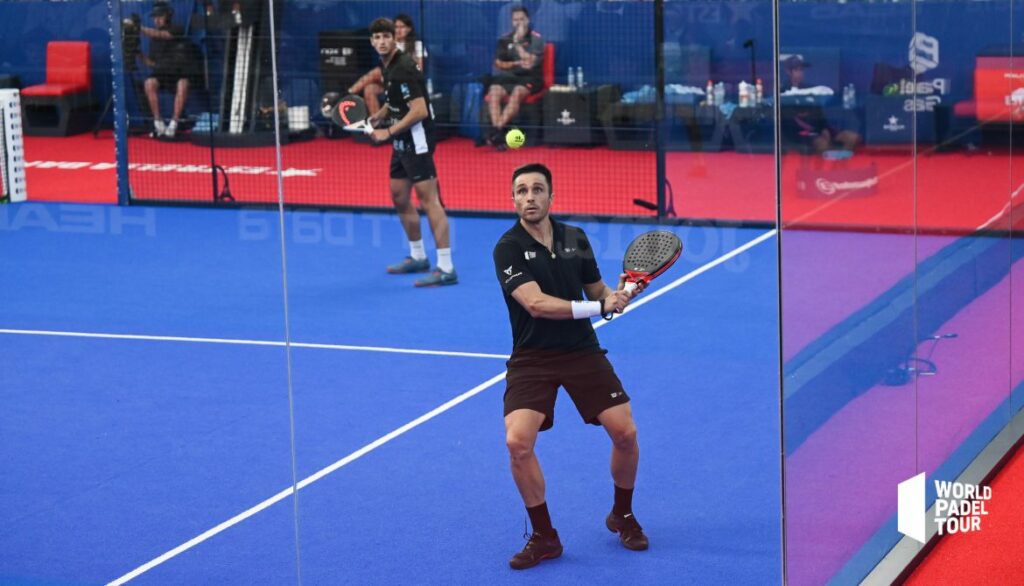
For a right-hander, a step to the left is usually enough to play a ball coming in from the backhand side, whether before the glass or after. Ditto for a ball arriving on the forehand side: one or two steps are enough most of the time.
give yourself time
Big advantage of this placement: it allows you to give yourself time if you let the ball pass to play it after the window, while remaining ideally placed. Conversely, a defender who is too advanced in no man's land will often be in a bad position to play after the glass.
Obviously, if the opponent is in a position to smash hard, it will be necessary to leave the house, run quickly forward and therefore cover more than one or two steps. To deal even better with this kind of case, our colleague Julien Bondia has also theorized another "house": we will call it here the "anti-smash second home", presented in this video.
But to return to our “main residence” from the baseline, remember to come back quickly, as soon as your team is in defense. From there, you can take the time to build your point and prepare your counterattack. Advantage: you will take back the net – sometimes on a lob, sometimes on a deep ball or a chiquita – with more chances of success.
After 40 years of tennis, Jérôme falls into the pot of padel in 2018. Since then, he thinks about it every morning while shaving… but never shaves pala in hand! Journalist in Alsace, he has no other ambition than to share his passion with you, whether you speak French, Italian, Spanish or English.




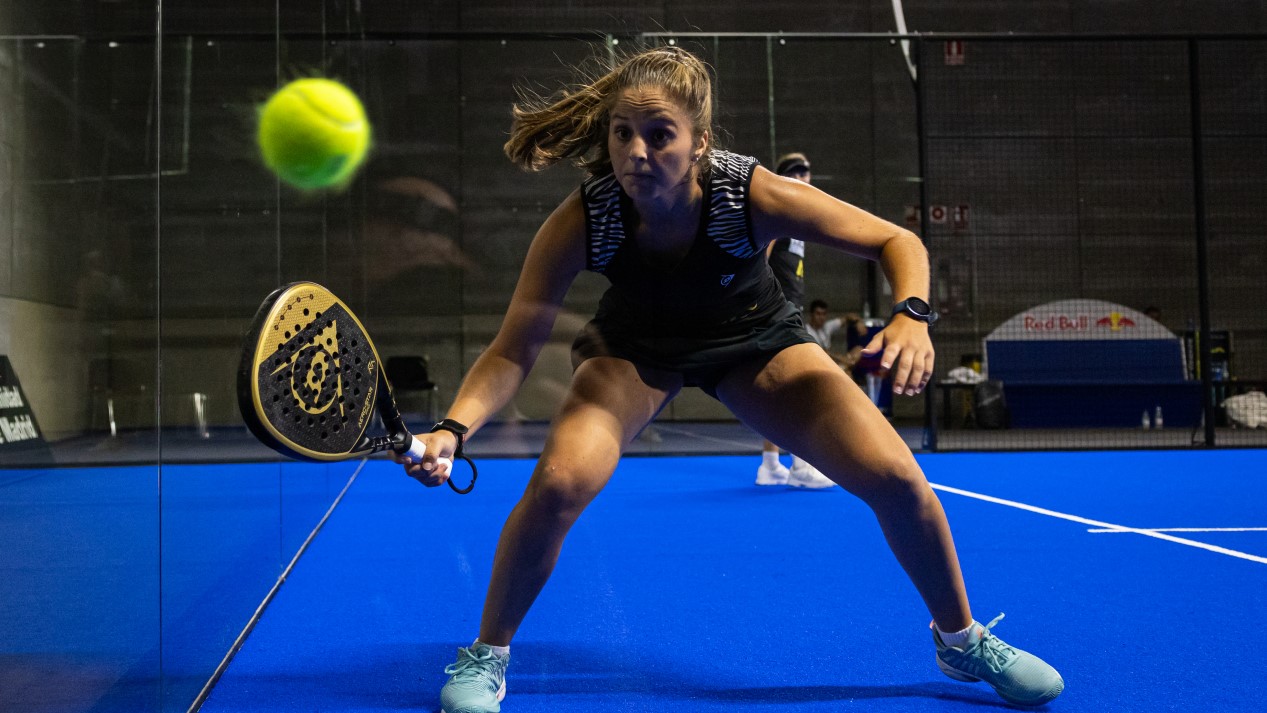











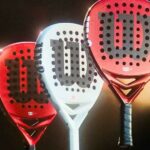




















































































 Unusual – Sanyo Gutierrez and Maxi Sanchez suffered in Brussels
Unusual – Sanyo Gutierrez and Maxi Sanchez suffered in Brussels FIP Promotion Sharjah – More French people in the United Arab Emirates
FIP Promotion Sharjah – More French people in the United Arab Emirates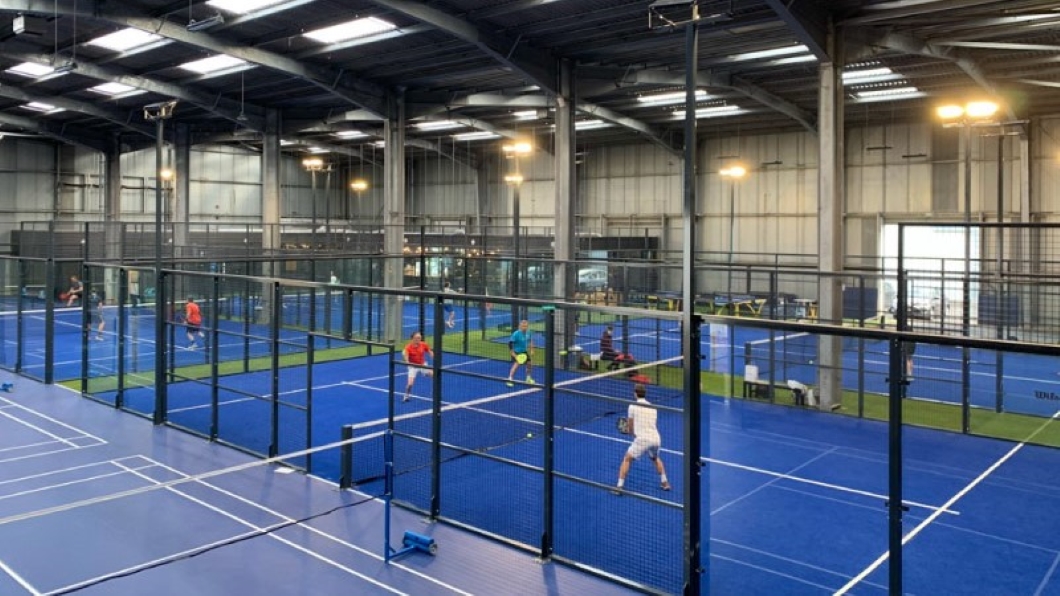 P1000 PadelShot Saint-Étienne – Follow the surprise poster Vincent/Hugounenq – Couturier/Benmergui live
P1000 PadelShot Saint-Étienne – Follow the surprise poster Vincent/Hugounenq – Couturier/Benmergui live Guillaume Codron de Sud Padel : “A family project”
Guillaume Codron de Sud Padel : “A family project” Nallé Grinda: “Democratize the padel in the USA with PadelX "
Nallé Grinda: “Democratize the padel in the USA with PadelX " Simon Boissé: “We know that there are two nations in front of us”
Simon Boissé: “We know that there are two nations in front of us” Marie Maligo: “This period of frequent changes of partners was beneficial for me”
Marie Maligo: “This period of frequent changes of partners was beneficial for me” The All Star Tour returns on May 16 at the All In in Lyon
The All Star Tour returns on May 16 at the All In in Lyon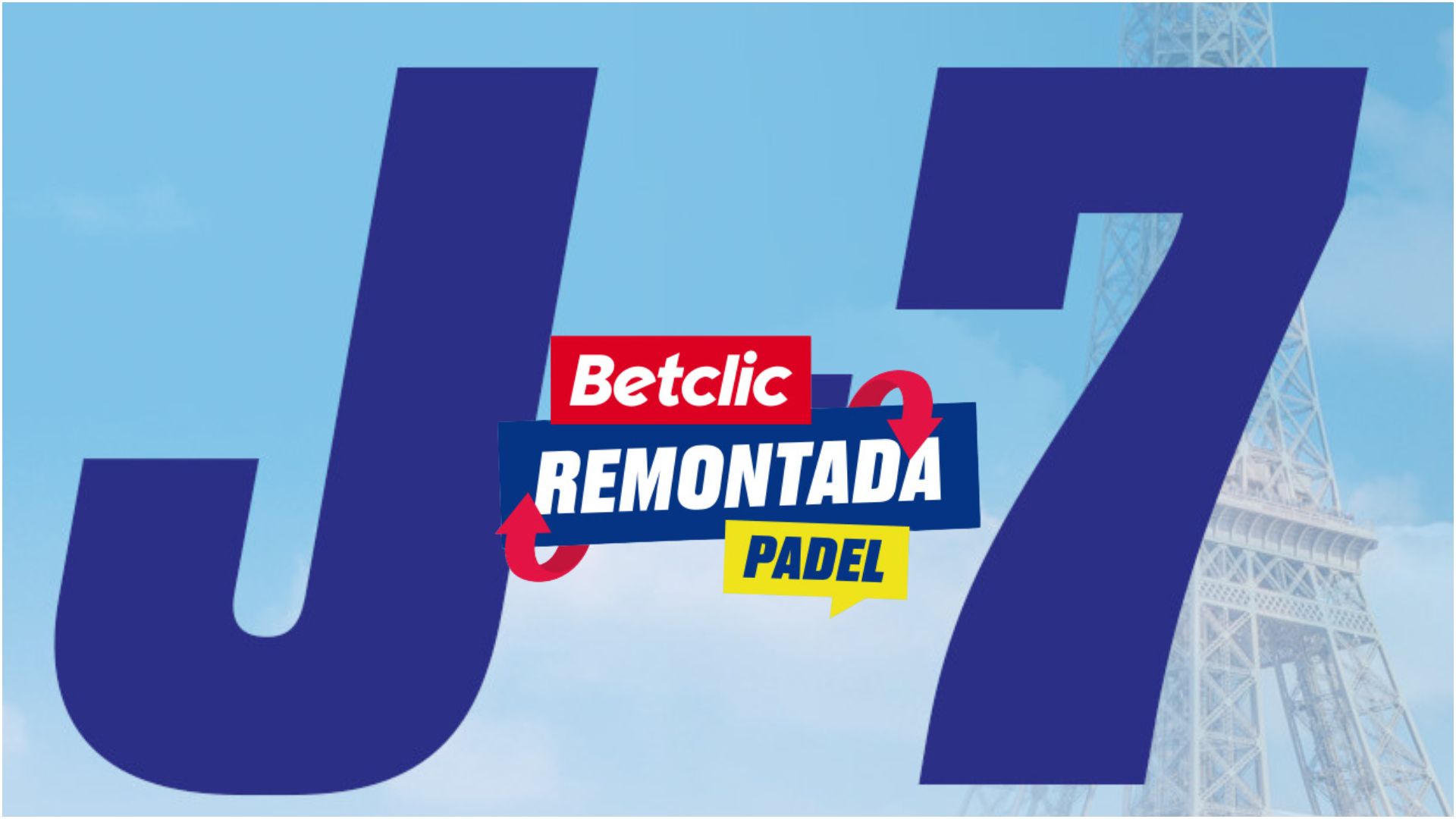 D-7 of the “BetClic Remontada Padel”, at the foot of the Eiffel Tower
D-7 of the “BetClic Remontada Padel”, at the foot of the Eiffel Tower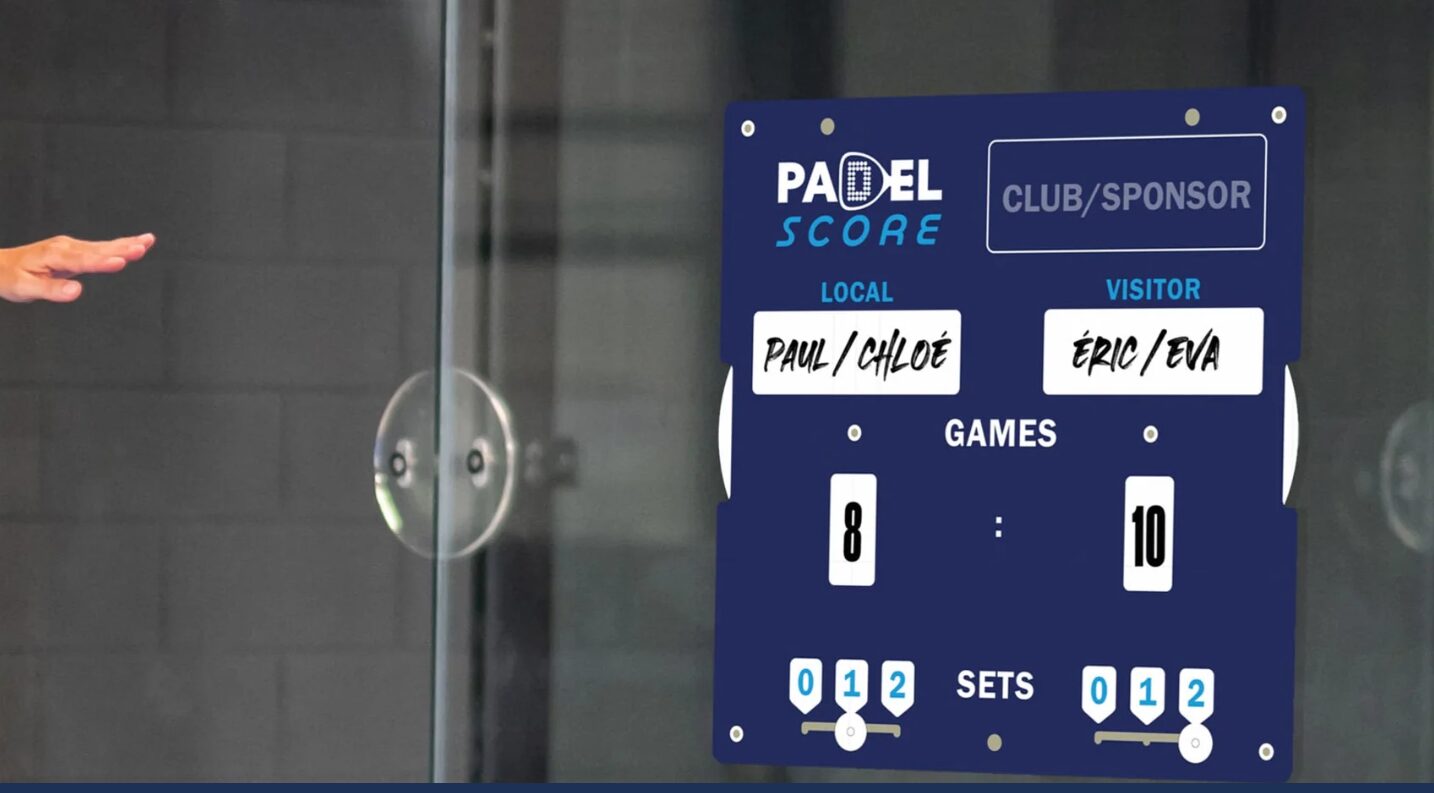 Padel Score: an essential table for keeping score
Padel Score: an essential table for keeping score Léa Godallier makes her big return to the slopes this weekend
Léa Godallier makes her big return to the slopes this weekend Premier Padel Brussels P2 – Juan Lebron and Ale Galan together in Belgium?
Premier Padel Brussels P2 – Juan Lebron and Ale Galan together in Belgium?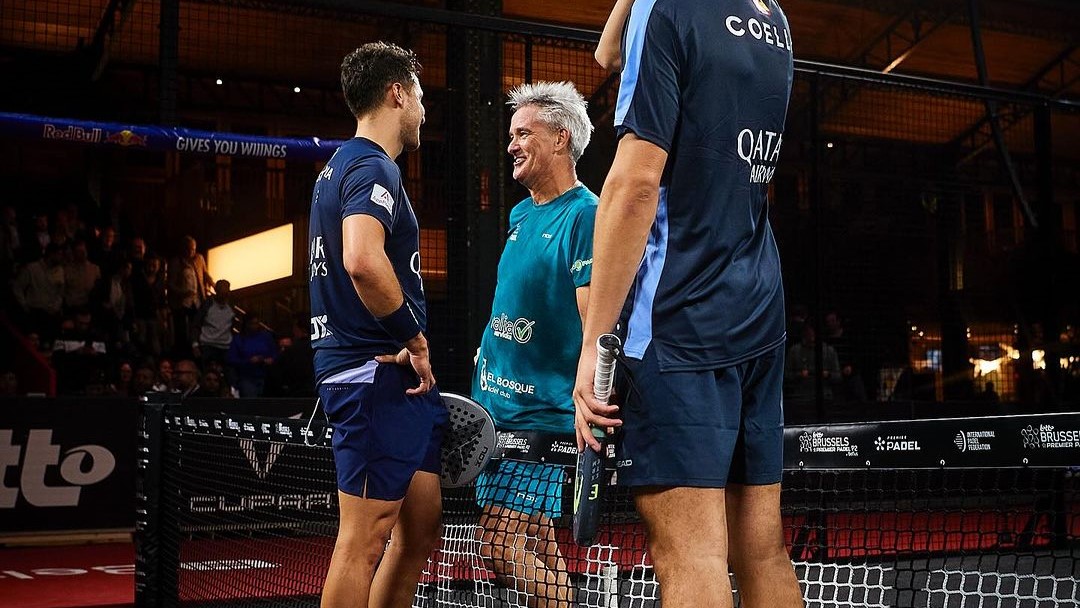 Agustin Tapia salutes the longevity of Miguel Lamperti
Agustin Tapia salutes the longevity of Miguel Lamperti José Manuel Escin at the inauguration of Casa Padel DOS: “Finally, and thank you!”
José Manuel Escin at the inauguration of Casa Padel DOS: “Finally, and thank you!” Padel Score comes to Tahiti for American Express Padel Cup!
Padel Score comes to Tahiti for American Express Padel Cup! Do you know the Rafa Nadal Academy Tour?
Do you know the Rafa Nadal Academy Tour? Play at padel on his yacht? Possible for €233.000!
Play at padel on his yacht? Possible for €233.000!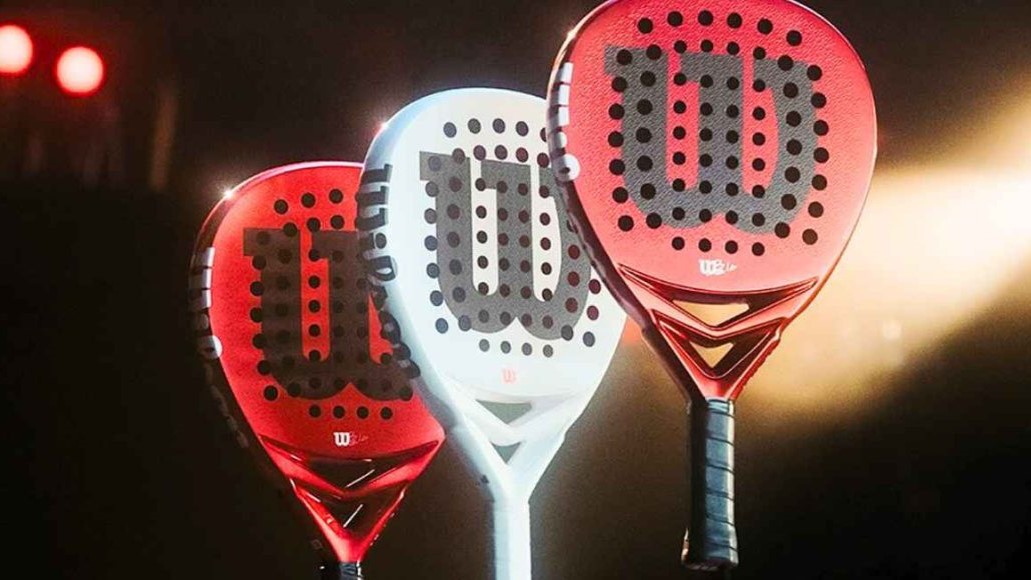 Presentation of the Wilson Bela V2.5 collection
Presentation of the Wilson Bela V2.5 collection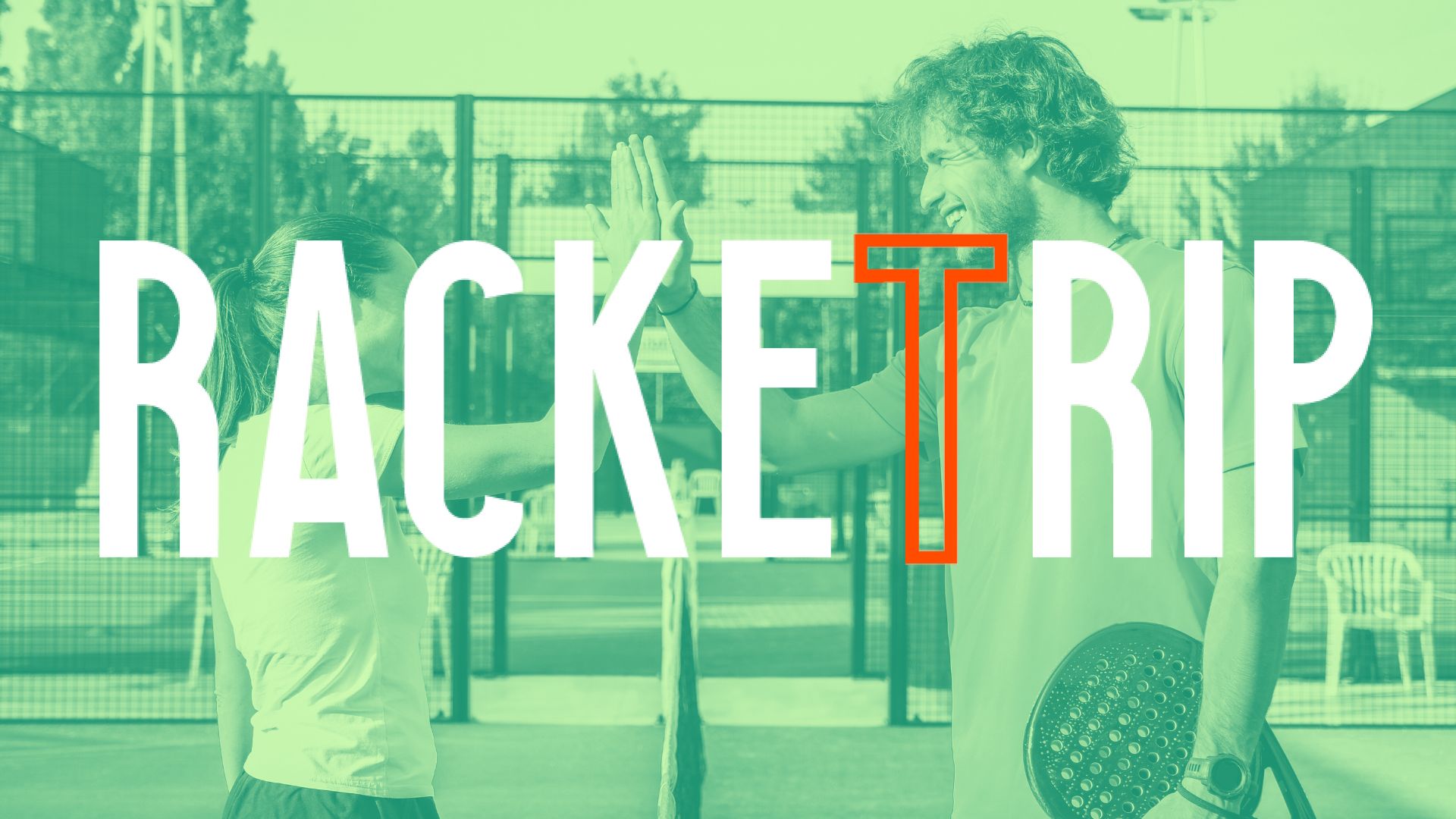 The LinkedIn of racquet sports: Racket Trip
The LinkedIn of racquet sports: Racket Trip The score at padel : manual
The score at padel : manual Our Top 10 training courses padel in France and Europe
Our Top 10 training courses padel in France and Europe At the heart of padel – Episode 25: Paul and Andoni answer your questions
At the heart of padel – Episode 25: Paul and Andoni answer your questions At the heart of padel – Episode 23: defend the window well
At the heart of padel – Episode 23: defend the window well Prohibition on playing topless Padel : the reasons
Prohibition on playing topless Padel : the reasons FIP Tour – Going far from Europe, THE strategy to earn points!
FIP Tour – Going far from Europe, THE strategy to earn points! What is a good football player? padel ?
What is a good football player? padel ? “Lefties give me headaches when I play against them!”
“Lefties give me headaches when I play against them!” At the heart of padel – Episode 14: how to earn points in winter?
At the heart of padel – Episode 14: how to earn points in winter? The basic tactics of padel
The basic tactics of padel A par 4 is always a winner...even if you manage to defend it!
A par 4 is always a winner...even if you manage to defend it! Carbon fiber VS fiberglass: what to choose?
Carbon fiber VS fiberglass: what to choose? How to effectively test a racket padel ?
How to effectively test a racket padel ? La padel to fight Parkinson's disease
La padel to fight Parkinson's disease Don't play with a cracked or broken racket, your body will thank you!
Don't play with a cracked or broken racket, your body will thank you! Michel Cymes: “The padel, physically, it’s serious!”
Michel Cymes: “The padel, physically, it’s serious!” Jeremy Gala: “Promote the padel among young people in Belgium remains a challenge”
Jeremy Gala: “Promote the padel among young people in Belgium remains a challenge” The French Touch Academy organizes its selection day Padel-Study
The French Touch Academy organizes its selection day Padel-Study Report on the detection and training of younger generations
Report on the detection and training of younger generations